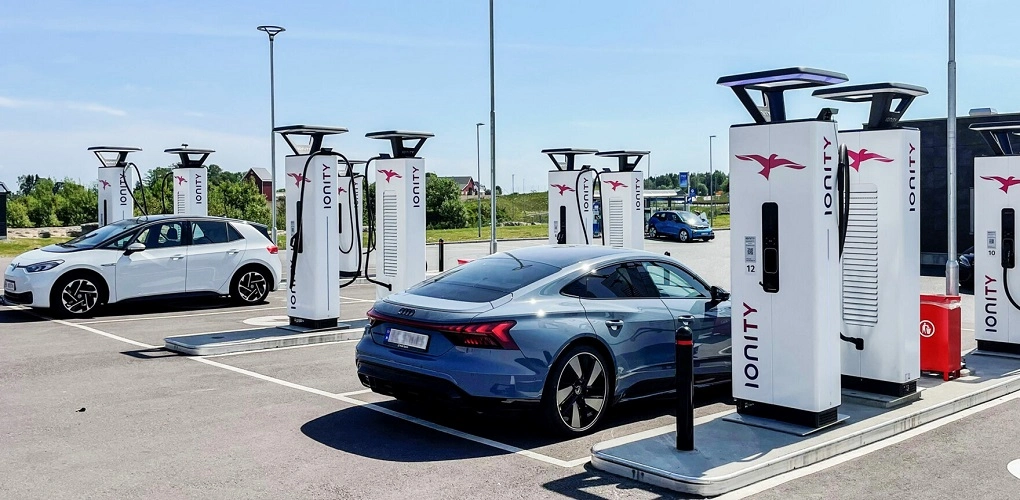The European Alternative Fuels Observatory (EAFO) uses various methods to count the existing charging points for EV’s in Europe.
Among the private contributors of data, infrastructure operators and their main partner, Eco-Movement, stand out.
They state: “We verify this data with information we obtain from official government sources, vehicle manufacturers‘ (OEM) data, but also with data obtained from third parties, such as industry organizations”.
“We also use feedback from electric vehicle drivers and many other sources. Only charging points that comply with the law are counted,” they add.
It’s worth mentioning that current regulations require that high-power alternating current (AC) charging points for electric vehicles must be equipped, for interoperability purposes, with at least Type 2 connectors as described in the EN 62196-2 standard.
Therefore, AC charging points are counted based on the number of Type 2 connectors, as recorded by EAFO.
The same methodology is applied to high-power direct current (DC) charging points.
They must be equipped with connectors from the Combined Charging System “Combo 2” as described in the EN 62196-3 standard.
The quantity of Combo 2 connectors is used to tally the DC charging installations.
Regarding the data coverage, the organization admits that there are still gaps and they are actively seeking “reliable sources” to improve their coverage.
“We are always open to reviewing new data sources and reliable data related to alternative fuels within our scope,” they state.
In terms of the flow of records, they indicate that the number of operators involved is constantly growing.
They describe it as follows: “We see constant improvements. The coverage of charging points in EU countries is considered high and the quality will continue to increase in the future“.
How will EAFO count charging points by 2027?
Before January 1, 2027, a Common European Access Point must be established as a gateway.
This should be in line with the structures of EAFO and compatible with the TENtec information system.
“This should allow users to easily access data, compare prices, and obtain relevant information about infrastructure features, such as accessibility, availability, or power capacity”, explain EAFO.
Additionally, this commission will have differentiated powers, such as adopting measures to obtain additional data.
These measures can pertain to the format, frequency, or quality of procedures in the devices.
Furthermore, infrastructure operators must provide static and dynamic data on the operation of charging points. They must also create interfaces for “free and unrestricted” access to this data.
EAFO has established a network that allows access to over 300 different connections.
This network involves data from the networks of more than 3,000 charging operators worldwide.
Regarding this, the organization points out: “A series of data cleaning and filtering procedures is necessary to end up with the correct set of charging points. There are recurring errors that could lead to incorrect figures that do not reflect reality.”
Regarding the differences in counting and characterizing charging networks, according to EAFO, they may be due to the following reasons:
- Different definitions of the term “charging point.”
- Registering chargers with connector types that are not considered charging points according to EU legislation.
- Counting the quantity or type of chargers as two different charging points.
- Incorrect or contradictory information as the source of a failed record.
To provide precision, EAFO defines a charging point as operational when it is “accessible to the general public”.
According to this criterion, temporary inoperability of the station is not a necessary reason to remove the point from the record.
Additionally, they differentiate between charging points for public access and those for private use but with public access.







